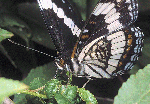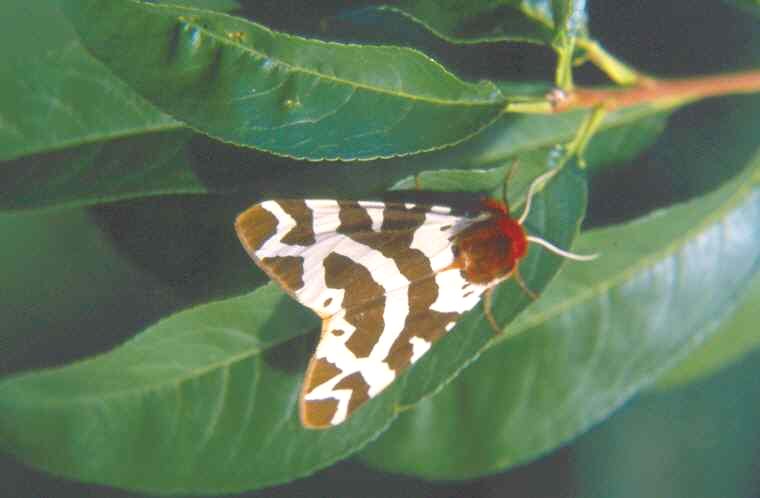
Utah Lepidopterists' Society
Founded 6 Nov 1976

|
|
Utah Lepidopterists' Society Founded 6 Nov 1976 |
|
| History | Mission | Meetings | Bulletin | Checklists | Links | Community | Field Trips | Habitat | Members | Kids | Contact Us |
Volume 6 - No. 1, October 1996
All images courtesy of Jack L. Harry. Reprinted with permission from Jack L. Harry as well as Holarctic Lepidotera. Ova were obtained from females collected in Washington County, Utah.
Click here for a visual comparison between Adelpha eulalia (the arizona sister) and Adelpha californica (the california sister.)
All images of Limenitis weidemeyeri on the ULS Info Bar courtesy Jay Cossey